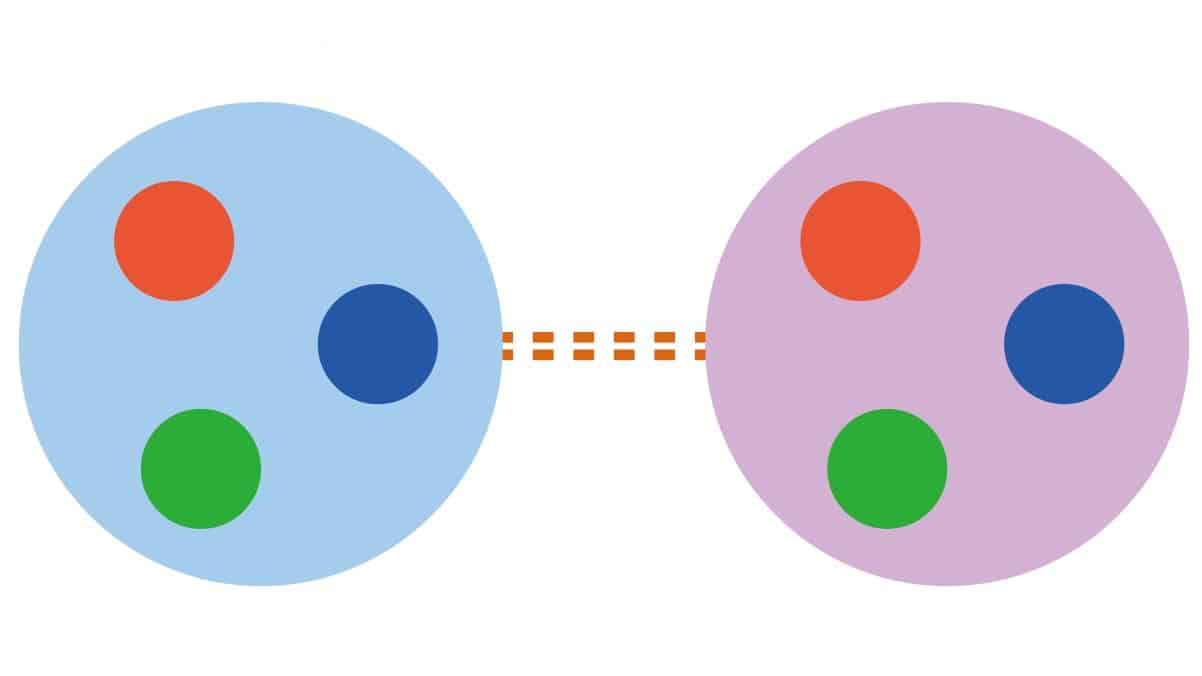Scientists have, for the first time, identified a novel property in a compound that makes it stand apart from the rest. It has been discovered that a compound named vanadium dioxide (VO2) behaves like a human brain and can remember previous external stimuli. Scientists have recently proposed the idea to use VO2 as an alternative or complement to silicon for use in electronic devices. It has been said that the material can outperform silicon as a semiconductor. To reveal the unique memory property of the compound, the team conducted experiments and observed that the material could memorise the entire history of previous stimuli. This, according to the team, indicates that the material may outperform conventional metal-oxide semiconductor electronics in terms of speed and energy consumption.
They introduced current in the material and saw that it followed a precise path from end to end. It also heated the material and caused it to change its state. Following this, the current was removed and the atomic structure relaxed back. But, the team noticed something fascinating upon reapplying the current. They saw that VO2 could remember the first phase transition and could anticipate the next one.
“The VO2 seemed to ‘remember’ the first phase transition and anticipate the next. We didn’t expect to see this kind of memory effect, and it has nothing to do with electronic states but rather with the physical structure of the material. It’s a novel discovery: no other material behaves in this way,” explained electrical engineer Elison Matioli of EPFL.
With the experiment, the team noted that VO2 was capable of storing some kind of information in the recently applied current for at least three hours. According to Matioli, it could store the information for longer but the team lacks the instruments needed to measure that.
Researchers now hope that the devices made using the material may help in meeting the demands of electronics “in terms of downscaling, fast operation and decreasing the voltage-supply level.”
The team has published its findings in a paper in Nature Electronics.






